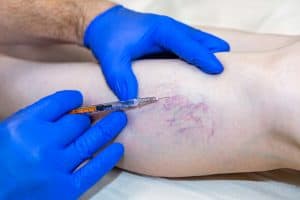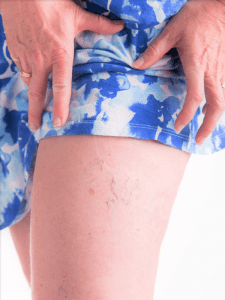Find Effective Varicose Vein Treatments at Varicose Vein Treatment Center in Long Island, NY
What are Varicose Veins?
Varicose veins are a common condition that affects millions of people, causing swollen and twisted veins, predominantly in the legs and feet. They occur when the valves within the veins, responsible for maintaining proper blood flow, become weakened or damaged. As a result, blood pools in the affected veins, leading to their enlarged and bulging appearance.
Varicose veins can be unsightly and cause discomfort, including aching, throbbing, and a feeling of heaviness in the legs. At Varicose Vein Treatment Center in Long Island, NY, our dedicated team specializes in diagnosing and treating varicose veins, helping patients find relief, and improving the health of their leg veins.
Causes of Varicose Veins
Several factors contribute to the development of varicose veins. One of the primary causes is a breakdown in the valves of the leg veins, which usually prevent blood from flowing backward. When these valves weaken or become damaged, blood can flow in the wrong direction and accumulate in the veins, causing them to enlarge and become varicose.
Some common causes and risk factors for varicose veins include:
- Age: As we age, the wear and tear on our veins can lead to weakened valves and increased susceptibility to varicose veins.
- Genetics: A family history of varicose veins can predispose individuals to develop the condition. If your parents or close relatives have varicose veins, you may also be more likely to experience them.
- Hormonal Changes: Hormonal fluctuations during pregnancy and menopause can contribute to the development of varicose veins. The increased levels of hormones can weaken vein walls and interfere with the proper functioning of valves.
- Prolonged Standing or Sitting: Occupations or lifestyles that involve long periods of standing or sitting can impede proper blood circulation, increasing the risk of varicose veins.
Recognizing Varicose Vein Symptoms
Identifying the symptoms of varicose veins is essential for early intervention and appropriate treatment. Common signs and symptoms of varicose veins include:
- Visible and bulging veins that appear dark purple or blue.
- Swelling and inflammation in the legs, particularly after extended periods of standing or sitting.
- Aching, heaviness, or throbbing sensations in the legs.
- Itchy or irritated skin around the affected veins.
- Muscle cramps or restlessness in the legs, especially at night.
- Skin discoloration and the development of ulcers in severe cases.
If you experience any of these symptoms, it is recommended to consult with the specialists at Varicose Vein Treatment Center for a comprehensive evaluation and personalized treatment plan.
Effective Treatment Options for Varicose Veins
At Varicose Vein Treatment Center, we offer a range of effective treatment options to address varicose veins and improve leg vein health. Our expert team will assess your condition and recommend the most appropriate treatments, which may include:
- Radiofrequency Ablation: Radiofrequency ablation is a minimally invasive procedure that uses radiofrequency energy to heat and close off the affected veins. This redirects blood flow to healthier veins and gradually improves the appearance of varicose veins.
- Endovenous Laser Treatment: Endovenous laser treatment utilizes laser energy to target and seal off varicose veins. This procedure is particularly effective for smaller varicose and spider veins near the skin’s surface.
- Sclerotherapy: Sclerotherapy involves the injection of a chemical solution directly into the varicose veins. This solution causes the veins to collapse and gradually fade over time. It is an effective treatment for smaller varicose veins and spider veins.
- Ambulatory Phlebectomy: Ambulatory phlebectomy is a surgical procedure that involves making small incisions to remove the damaged veins. It is typically used for more prominent varicose veins closer to the skin’s surface.
- Lifestyle Modifications and Compression Therapy: Making lifestyle changes, such as engaging in regular exercise, maintaining a healthy weight, and avoiding prolonged periods of standing or sitting, can help manage varicose veins. Wearing compression stockings can also promote better blood flow and alleviate symptoms.
Preventive Measures for Varicose Veins
While varicose veins may not always be preventable, specific measures can help reduce the risk of their development or slow their progression. Here are some preventive tips to consider:
- Regular Exercise: Engage in regular physical activity, such as walking or swimming, to promote healthy circulation and strengthen leg muscles.
- Weight Management: Maintain a healthy weight to reduce pressure on the veins and enhance blood flow.
- Elevate Legs: Elevate your legs whenever possible, especially after long periods of standing or sitting, to alleviate pressure on the veins.
- Avoid Crossing Legs: Crossing your legs for extended periods can hinder proper blood circulation. Opt for keeping your legs uncrossed while sitting.
- Compression Stockings: Wear compression stockings to improve blood flow, support the veins, and alleviate symptoms associated with varicose veins.
By adopting these preventive measures, you can actively promote better leg vein health and reduce the likelihood of varicose veins.
Seeking Treatment at Varicose Vein Treatment Center
If you are experiencing symptoms of varicose veins or would like to explore treatment options, we encourage you to schedule a consultation at Varicose Vein Treatment Center in Long Island, NY. Our experienced team specializes in diagnosing and treating varicose veins, providing personalized care and practical solutions to alleviate symptoms and improve leg vein health. Don’t let varicose veins impact your quality of life – take the first step towards healthier, pain-free legs by contacting us today.










